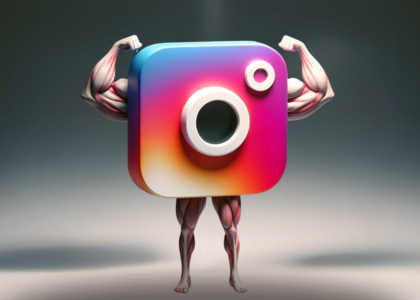Today’s range of sewing machine feet can be very overwhelming. With one million and one choices, all with slightly altered capabilities, it’s difficult to know where to begin when it comes to understanding the various types of feet and the uses for each. Even the most experienced sewers have been known to struggle with a certain technique, only to discover a foot that changes it all for them. That’s why there are so many. So, to get you started, we’ve written a great guide to the most common sewing machine feet that are necessary for your craft and versatile for a plethora of tasks.
ALL-PURPOSE
This is commonly known as the standard sewing foot that comes with all general sewing machines. With this foot, you should be able to sew most things such as a straight stitch, zigzag, or some decorative stitches. Generally, this foot is used to finish seams, stitch hems, topstitch, and sew straight stitch projects. Being spring-hitched, it allows flexibility, holding the fabric in place as the fabric is pushed through the needle to complete the sew.
ZIPPER FOOT
A zipper foot is included with most machines. They enable you to sew close to the edge of the zipper teeth on either side of the zip. You can get specialty feet for sewing invisible zippers but even these can be sewn successfully with a regular zipper foot. When you are starting to sew just get the basics and build your kit as you grow in experience and confidence. Some people even use a zipper foot to apply piping, however, a proper piping foot is better suited.
ROLLED HEM FOOT
A rolled hem foot is the quickest and easiest way to achieve a narrow hem. A curved front channel double folds the raw edge before the needle begins to stitch, eliminating the need to manually press the hem before you sew – and is neater than doing this by hand. Rolled hem feet are used for blouse and skirt hems, scarves, and any project where you need a neat but narrow hem. They also work for sheer fabrics and synthetics which would be impossible to press hems into. Most sewing machines come with this foot as part of the equipment.
OVERLOCK FOOT
An overlock or overedge foot is capable of creating an overlocked edge for knits of woven fabrics. These sewing machine feet will help bind the edge neatly. The edge created is slightly different from that of a serger. A serger will cut the raw edge before sewing whereas the overlock foot does not cut. So it is important to trim the raw edge just before sewing to prevent fraying.
If these four common sewing machine feet aren’t quite cutting it for you, head to an expert sew shop to explain what you’re trying to do and they’ll advise you towards the best feet for the task.






